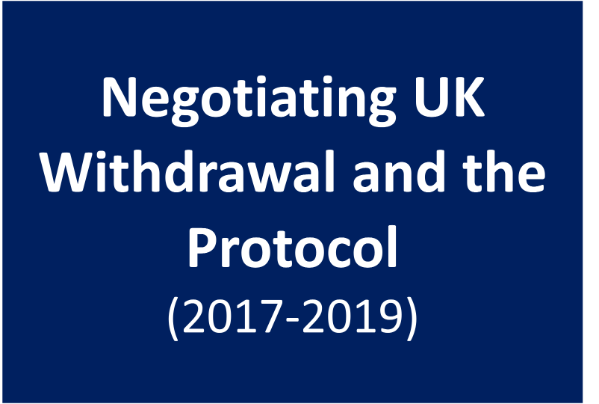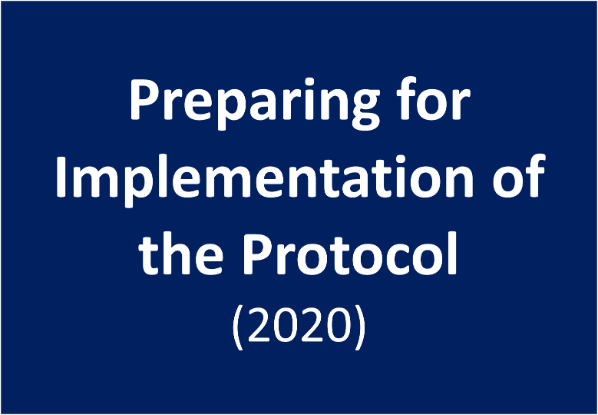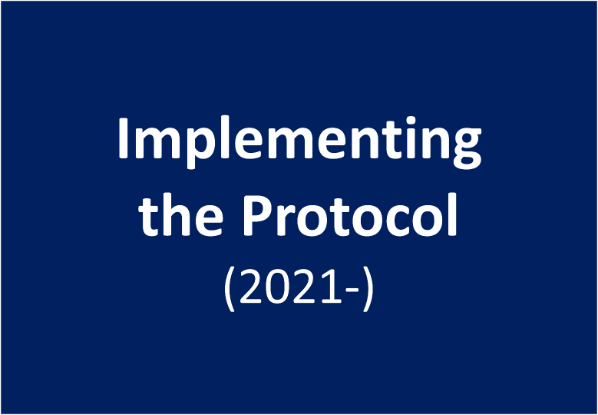Key Texts
The adoption and implementation of the Protocol on Ireland/Northern Ireland have seen the production of numerous documents fundamental to understanding the origins, substance and challenges surrounding its implementation and how the UK and the EU have sought to address these.
Here we pick out the key documents for three periods:



